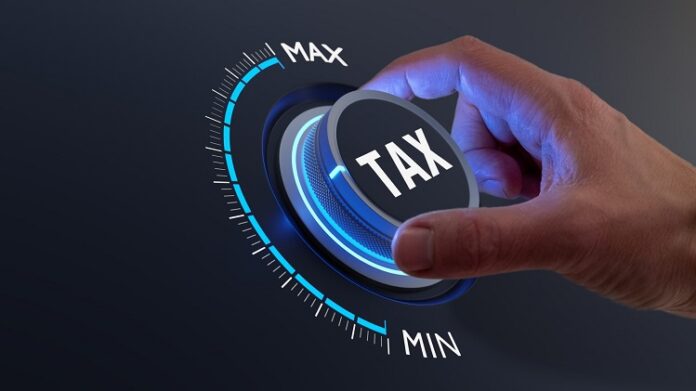When it comes to personal finance, tax efficiency is a critical yet often overlooked aspect. Simply put, tax efficiency refers to structuring your investments and financial decisions to minimize tax liabilities and maximize after-tax returns. By understanding and implementing tax-efficient strategies, you can significantly enhance your financial growth. A Lakeland CPA will be able to help you with tax-saving strategies.
Here, we’ll explore the concept of tax efficiency, and its importance, and provide practical tips on how to achieve it.
Table of Contents
What is Tax Efficiency?
Tax efficiency involves managing your investments in a way that reduces the amount of taxes you owe. This can be achieved through various methods, such as using tax-advantaged accounts, strategically timing your investment sales, and selecting tax-efficient investment vehicles. In fact, the goal is to retain more of your earnings and allow your investments to grow with minimal tax impact.
Why is Tax Efficiency Important?
- Increased Returns: By minimizing taxes, you can keep more of your investment gains, thereby increasing your overall returns.
- Long-Term Growth: Tax-efficient strategies can significantly boost your long-term investment growth, especially when compounded over time.
- Financial Flexibility: Efficient tax planning provides more flexibility in managing your finances, allowing you to allocate resources more effectively.
Practical Tips for Achieving Tax Efficiency
1. Utilize Tax-Advantaged Accounts
Tax-advantaged accounts are one of the most effective tools for achieving tax efficiency. These accounts offer tax benefits that can significantly enhance your investment growth.
- 401(k) and 403(b) Plans: Your taxable income is decreased when pre-tax contributions are made to these employer-sponsored retirement plans. Up to withdrawal, the investments grow tax-deferred.
- Individual Retirement Accounts (IRAs): While Roth IRAs, provided certain requirements are satisfied, allow tax-free growth and withdrawals, traditional IRAs offer tax-deferred growth.
- Health Savings Accounts (HSAs): Contributions are tax-deductible, and withdrawals for qualified medical expenses are tax-free. HSAs also offer tax-free growth on investments.
2. Implement Tax-Loss Harvesting
Tax-loss harvesting involves selling investments at a loss to offset gains in other investments, thereby reducing your taxable income. Here’s how to do it effectively:
- Identify Candidates for Harvesting: Review your portfolio for investments that are currently at a loss.
- Sell and Reinvest: Sell the losing investments and reinvest the proceeds in a similar, but not identical, investment to avoid the wash-sale rule (which disallows claiming a tax loss if you buy the same or substantially identical security within 30 days).
- Offset Gains: Use the realized losses to offset any realized gains. If your losses exceed your gains, you can use up to $3,000 of the excess loss to offset other income.
3. Proper Asset Allocation
Strategically allocating your assets between taxable and tax-advantaged accounts can optimize your tax efficiency.
- Tax-Efficient Investments in Taxable Accounts: Place tax-efficient investments, such as index funds and tax-managed funds, in taxable accounts. These investments typically generate lower taxable income.
- Tax-Intensive Investments in Tax-Advantaged Accounts: Place investments that generate significant taxable income, such as bonds and actively managed funds, in tax-advantaged accounts. This sheltering reduces the impact of taxes on your returns.
4. Understand Capital Gains Tax Rates
Different investments are subject to different capital gains tax rates. Long-term capital gains (on assets held for more than a year) are taxed at lower rates compared to short-term capital gains (on assets held for less than a year).
- Hold Investments for the Long Term: Whenever possible, aim to hold your investments for more than a year to benefit from the lower long-term capital gains tax rates.
- Strategic Selling: Plan the timing of your asset sales to optimize your tax situation. For example, selling long-term investments in a year when you expect lower income can reduce your tax liability.
5. Monitor and Adjust Your Portfolio
Regularly reviewing and adjusting your portfolio can help maintain tax efficiency.
- Annual Reviews: Conduct an annual review of your portfolio to identify opportunities for tax-loss harvesting and rebalancing.
- Stay Informed: Keep up-to-date with changes in tax laws and regulations that may affect your investment strategy.
Conclusion
Achieving tax efficiency is a crucial component of effective financial planning. With the help of a CPA, start today and take control of your financial future by making your money work more efficiently for you.











